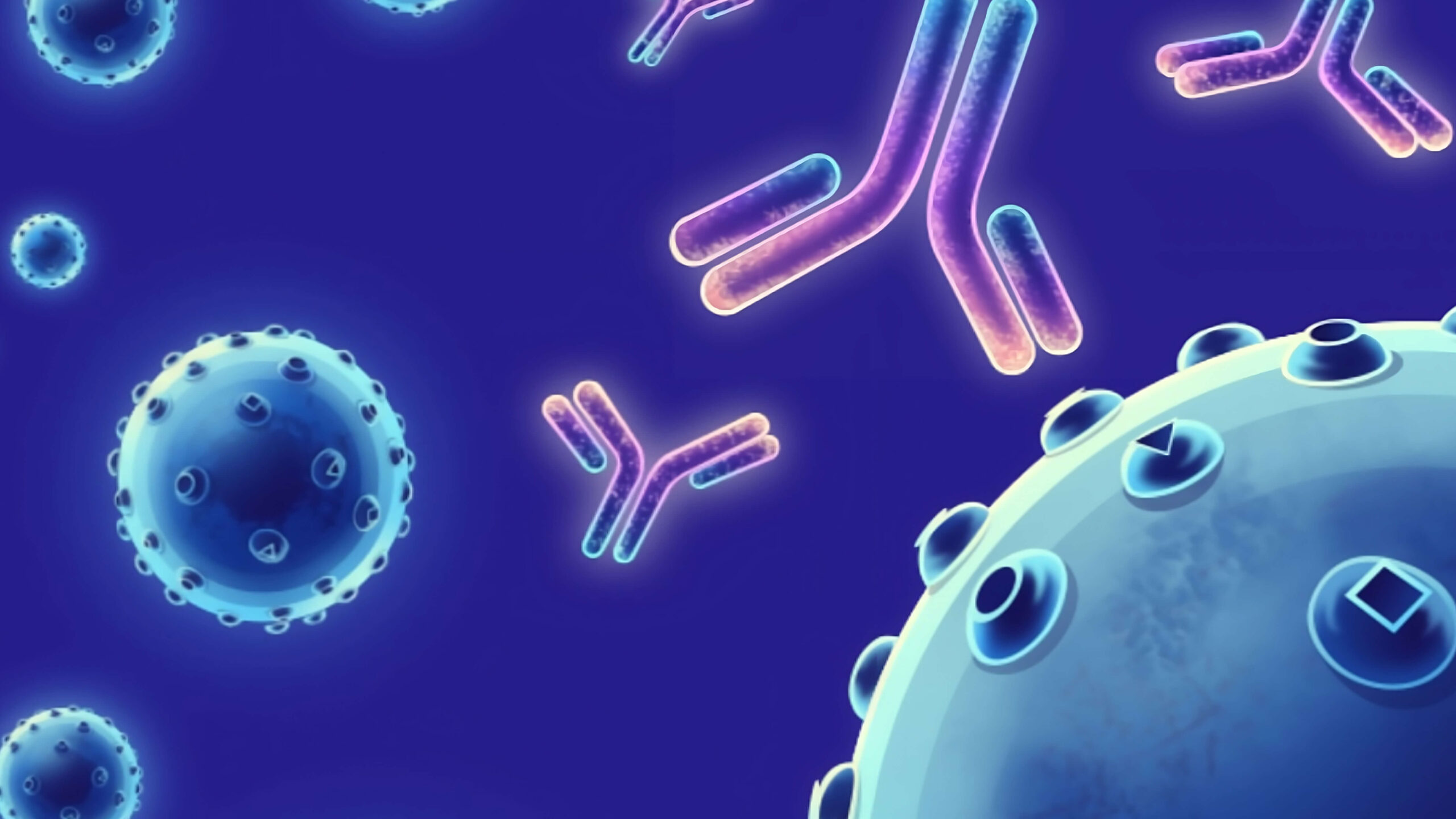Description
The translational suppressor eIF4E binding protein-1, 4E-BP1 functions as a key regulator in cellular growth, differentiation, apoptosis and survival. The Eif4ebp1 gene, encoding 4E-BP1, is a direct target of a transcription factor activating transcription factor-4 (ATF4), a master regulator of gene expression in stress responses. 4E-BP1 is characterized by its capacity to bind specifically to eIF4E and inhibit its interaction with eIF4G. Phosphorylation of 4E-BP1 regulates eIF4E availability, and therefore, cap-dependent translation, in cell stress. Binding of eIF4E to eIF4G is inhibited in a competitive manner by 4E-BP1. Phosphorylation of 4E-BP1 decreases the affinity of this protein for eIF4E, thus favouring the binding of eIF4G and enhancing translation. 4E-BP1 is important for beta-cell survival under endoplasmic reticulum (ER) stress. 4E-BP1 mediates the regulation of protein translation by hormones, growth factors and other stimuli that signal through the MAP kinase and mTORC1 pathways. Recently, 4E-BP1 was found to be a key factor, which converges several oncogenic signals, phosphorylates the molecules, and drives the downstream proliferative signals. Recent studies showed that high expression of phosphorylated 4E-BP-1 (p-4E-BP1) is associated with poor prognosis, tumor progression, or nodal metastasis in different human cancers.
Target
EIF4EBP1
Target Alias Names
4E-BP1, 4EBP1, BP-1, PHAS-I
Isotype/Mimetic
Rabbit IgG
Animal-Derived Biomaterials Used
No
Sequence Available
No
Original Discovery Method
Phage display technology
Antibody/Binder Origins
Animal-dependent discovery (in vitro display, OR immunisation pre-2020), In vitro recombinant expression

